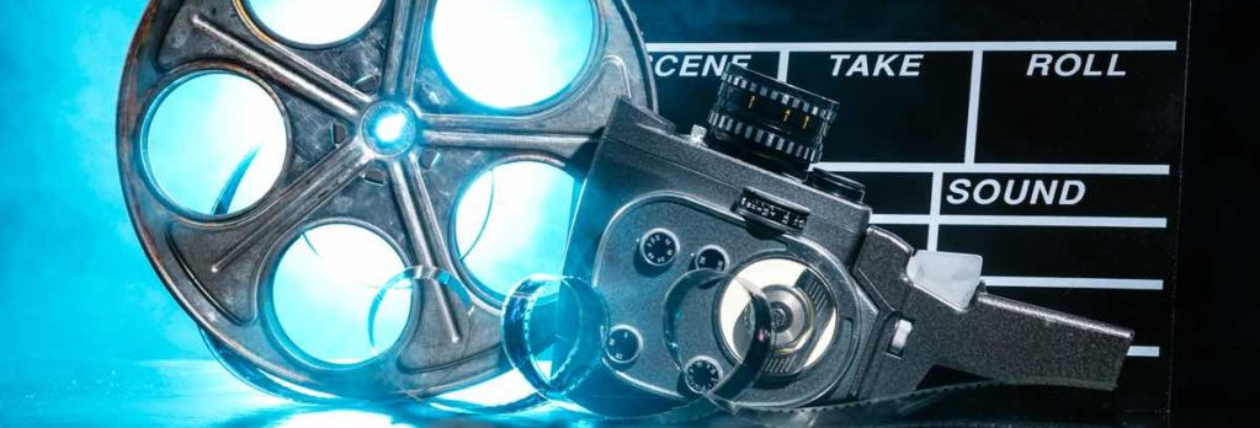Cinematography –


Lighting and composition with shots of Mullholland Drive take influence from the artist, Edward Hopper, with low dark tones contrasted with bright light sources this is often used within his paintings. Within Mullholland Drive, this is also a common technique picked up by Lynch, with camera angles too, its obvious to see how he takes his influence as being positioned in corners, like in Hoppers painting the spectator gets a full coverage of the scene.
Mise En Scene –
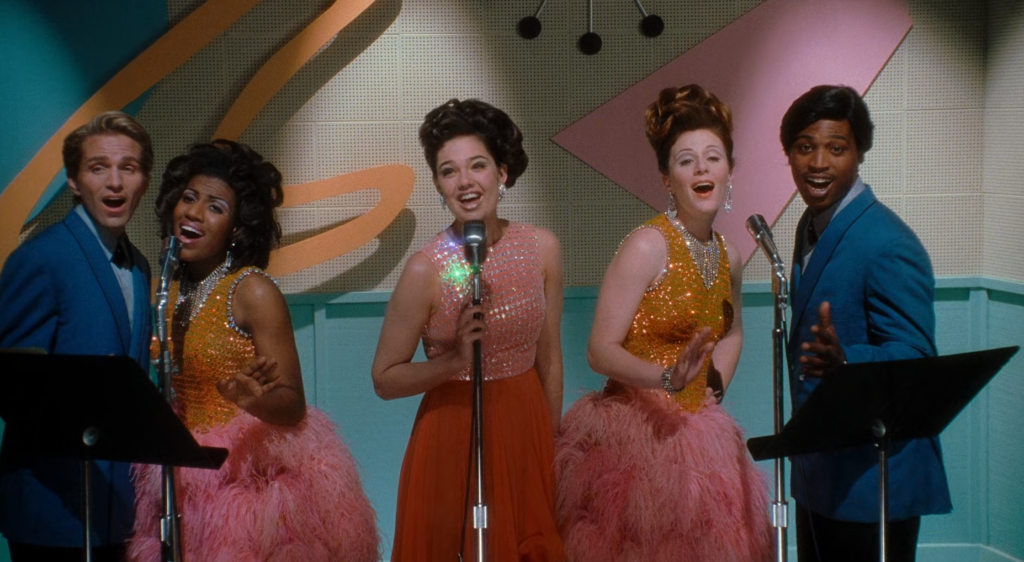
Although set within the present (at the time of filming), Lynch often uses a 1950’s aesthetic in terms of the way characters dress and look with hair and make-up. This pays homage to the ‘Classic Hollywood’ aesthetic of the 1950’s.

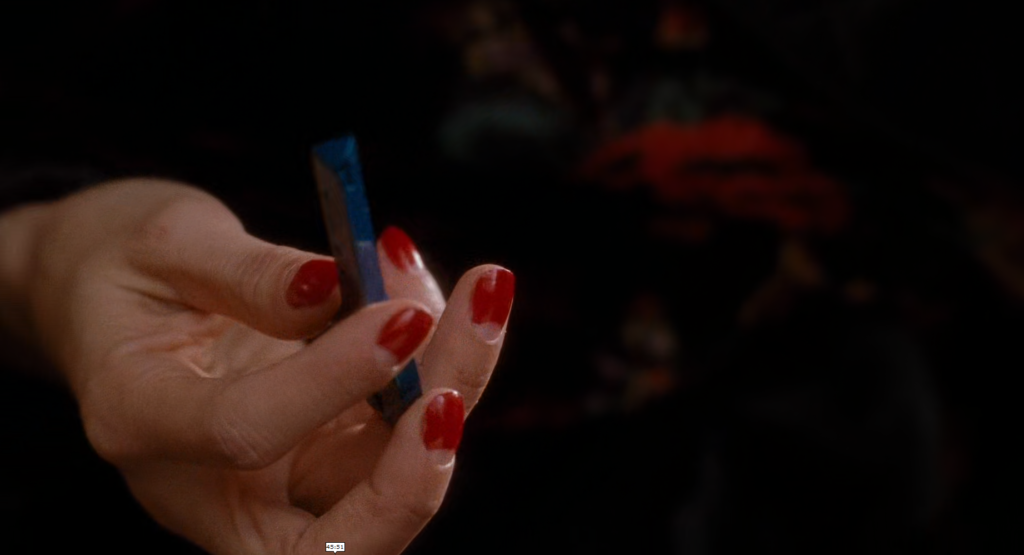
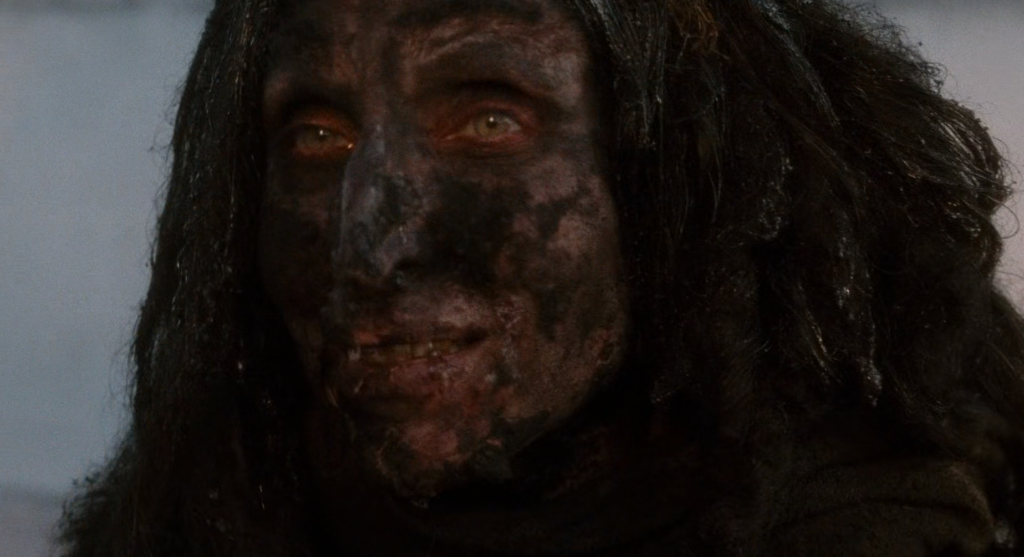
Lynch also uses repeated motifs within his film, the meanings of these motif’s can change differently throughout the films narrative, leaving it to the spectator to decipher what they mean. Examples of such include the cowboy, the key and the bum.
Sound –

Through the use of Sound, an ominous music score of synths is used to create tension and a build up of anxiety, used throughout the film during dramatic or cryptic events its use as a motif always for-warns something occurring.
Editing –
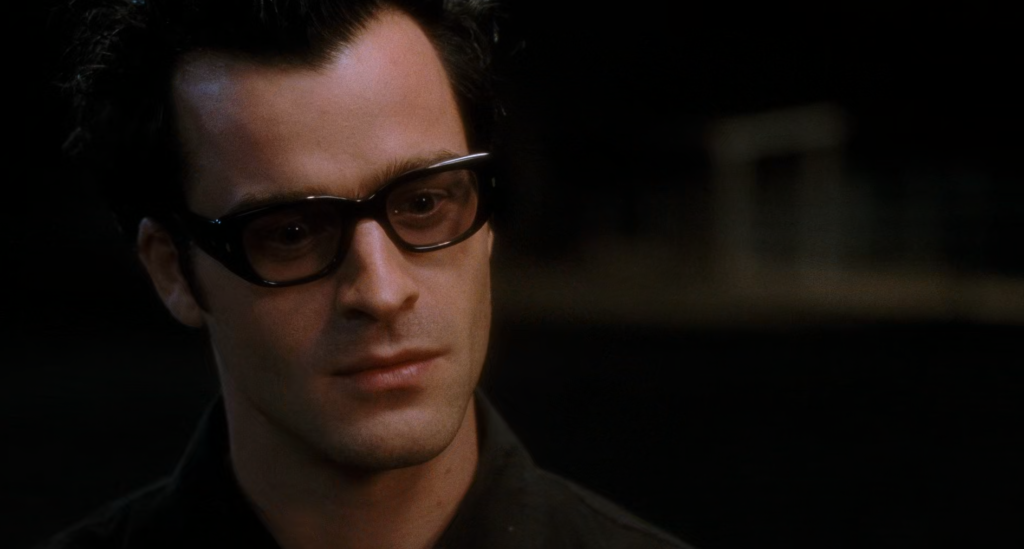
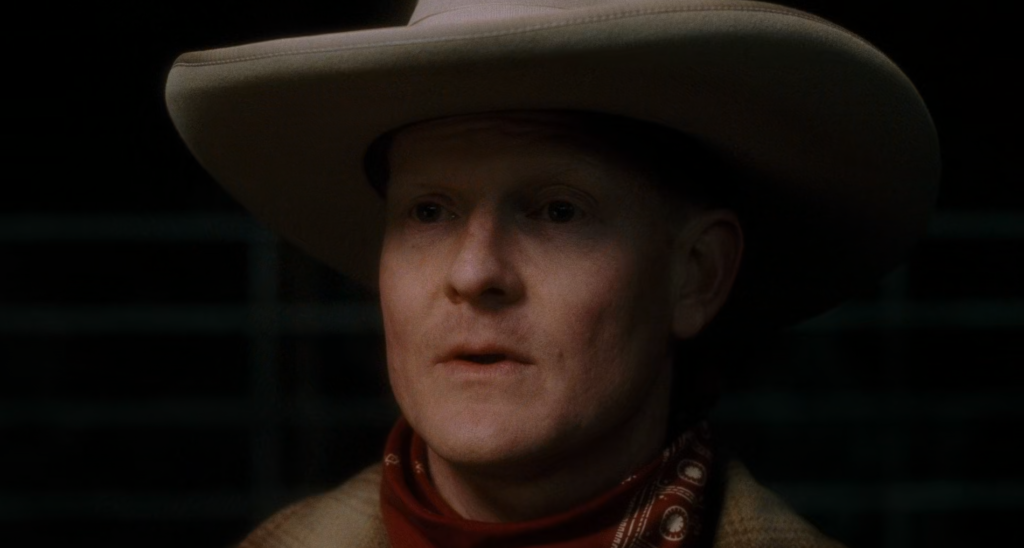
With the use of a reverse shot, this creates the effect of the confrontational conversation going on between the characters Adam and the cowboy. This editing Technique is used frequently between characters within the film, creating a locked off border into the expanses of some of the environments scenes are shot in. As a result, Lynch creates a nightmarish effect from this, using the idea of that their is fear in the unknown, in this case, the things that aren’t shown on camera.
